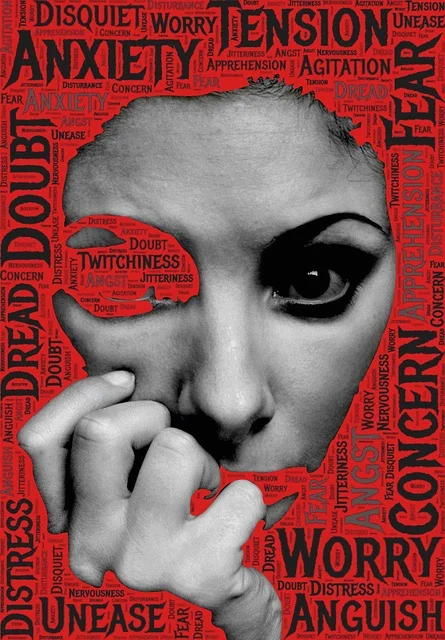A mental health professional can diagnose hoarding disorder. However, hoarding may also be a symptom of another issue with your physical or mental health. If you hoard, you may: Experience an overwhelming desire to acquire more items, even if you already own a lot.
What is hoarding
A mental health issue known as hoarding disorder makes it difficult or impossible to discard items. Regardless of their value, you save things.
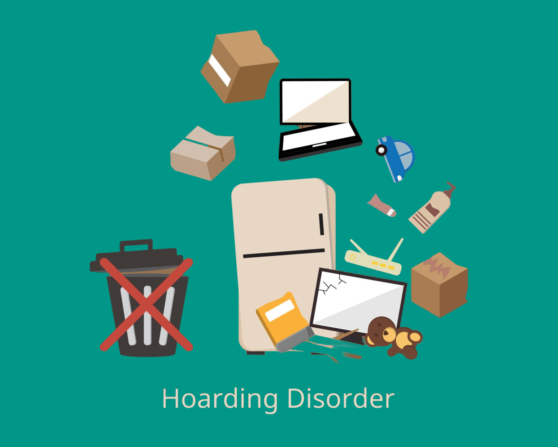
Living in a hoarder’s home can make it dangerous, congested, and disorganized. Your relationships, career, and general mental and physical health may all suffer as a result over time. You can manage your moderate to severe symptoms with the aid of treatment.
Additional forms of hoarding
Keeping items in your home is not the only way that hoarding takes place. There are various kinds that you may initially fail to identify as hoarding. However, they have the same power to evoke the same emotions in you.
Digital Hoarding
Making and preserving a lot of digital files is known as digital hoarding. You may experience the same anxiety when deleting files as hoarders may experience when they are among tangible items. And for similar reasons, you might want to hold onto these files.
Purchasing additional hard drives and devices, or utilizing cloud storage or other software to store the contents, could be necessary. The following file types are possible:
- Images and recordings
- Documents, including spreadsheets and Word documents
- Email correspondence
- Chat or text messaging
Digital hoarding can occur alone or in conjunction with physical object hoarding. Items that you physically hoard may be documented digitally. For instance, by entering an index.
Animal hoarding

Hoarding is the practice of keeping more animals than you can adequately care for. It may be difficult for you to see that the animals suffer as a result of this negligence. This can entail the animals lacking:
- Food and Shelter
- Sufficient area for physical activity and well-being Animals or medical attention
- pristine surroundings
- secure conditions for reproduction
You don’t need to own a certain quantity of animals for your actions to be considered animal hoarding. It’s more important how you obtain and raise the animals.
Symptoms of hoarding disorder
While many hoarders do not realize the problems with their beliefs and actions, some hoarding disorder sufferers do. Hoarding symptoms are frequently linked to stressful or traumatic situations, such as divorce or the death of a loved one.
Those who suffer from hoarding disorder have an intense need to preserve their belongings. Additional signs and symptoms consist of:
- unable to part with belongings.
- feeling really stressed out when trying to discard things.
- apprehension regarding future item needs.
- ambiguity over the placement of several items.
- mistrust of others handling personal items.
- living in cluttered, unsuitable spaces.
- removing oneself from friends and relatives.
Any of the following factors may cause someone with hoarding disorder to accumulate things:
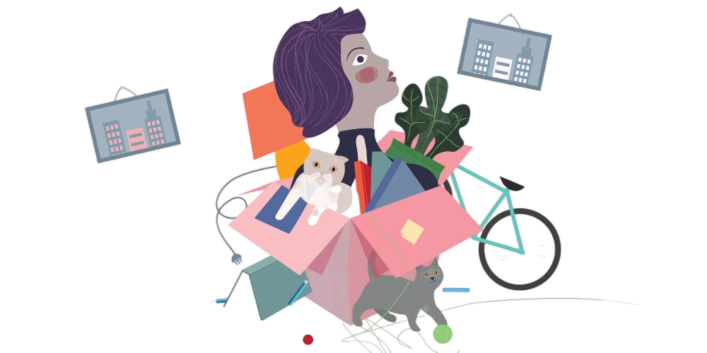
- They think something will hold value or be useful in the future.
- They believe a certain thing to be special, sentimental, or irreplaceable.
- Also They believe something is too good of a deal to pass up.
- They believe something will aid in their memory of a significant someone or occasion.
- They are unable to decide what belongs where, therefore they choose to preserve things rather than discard them.
Cognitive functioning problems are also common in individuals with hoarding disorder, and these include:
- Lack of resolution.
- Perfectionism.
- Delaying.
- Disarray.
- Distraction.
These problems may have a significant impact on how well they function and how severe hoarding disorder is overall.
Causes of hoarding disorder
As of yet, the precise reason of hoarding disorder is unknown to researchers. Thus far, a number of information processing deficiencies linked to hoarding have been documented, including problems with:
- Arranging.
- Fixing issues.
- Visual-spatial memory and learning.
- Prolonged focus.
- Working memory.
- Arrangement.
Hoarding disorder can be a standalone ailment or a component of another one. The following mental health issues are most frequently linked to hoarding disorder:
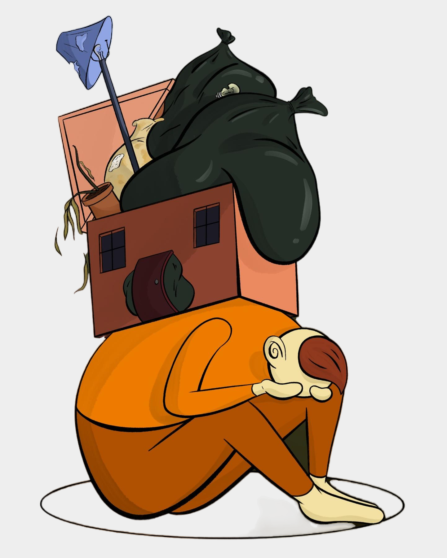
- OCD stands for obsessive-compulsive personality disorder.
- OCD, or obsessive-compulsive disorder.
- ADHD stands for attention deficit/hyperactivity disorder.
- Depression.
Additional risk factors for hoarding disorder have been found by researchers, and they may increase your chance of developing the disorder. These factors include:
- Having a hoarding disordered relative.
- Brain damage.
- Terrible incident in life.
- Impulsive purchasing patterns.
- Unable to resist taking advantage of freebies like fliers and coupons.
- Alcohol or substance use disorders.
- Prader-Willi illness.
Help in Managing Hoarding Problems
You can take certain steps to assist manage your symptoms and general well-being in addition to getting treatment for your illness.
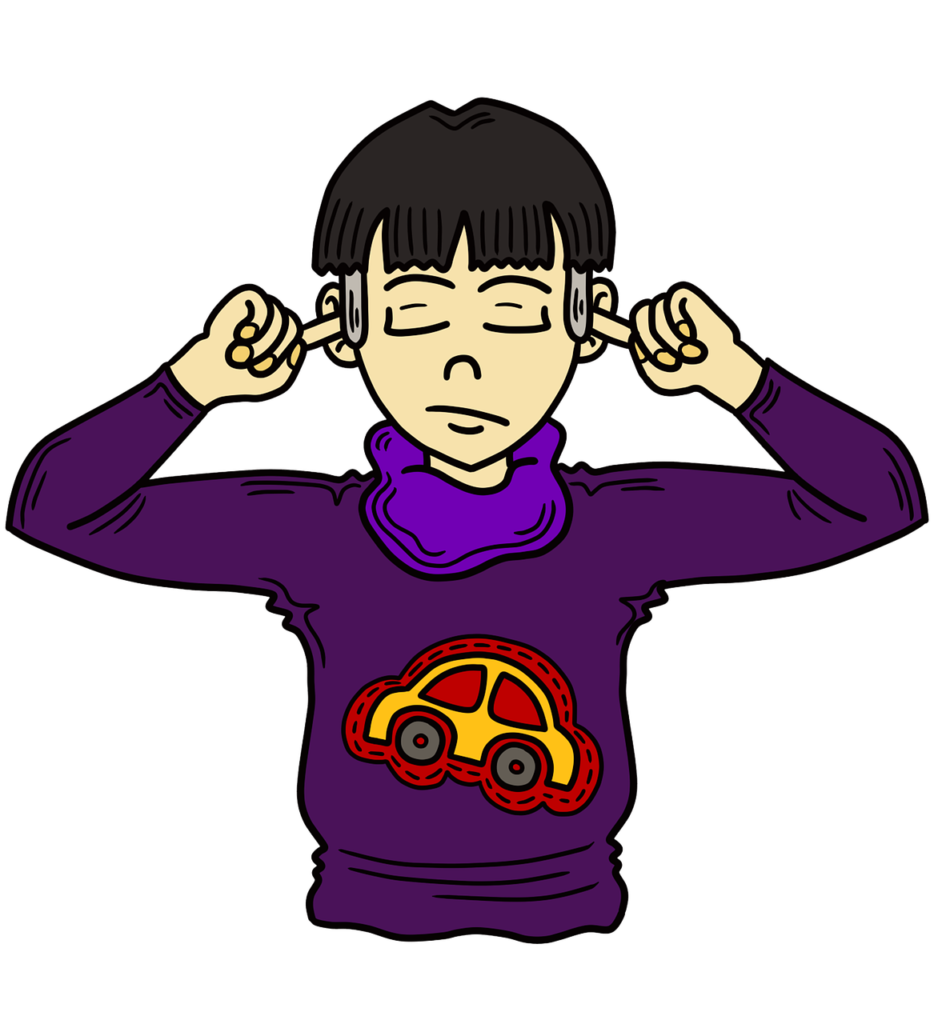
- Ask for help. Being socially isolated as a result of hoarding might make it much more difficult to obtain the care and assistance you require. Speak with your loved ones and friends. Meet them outside if you would rather not have visitors enter your house. Talking to someone can make you feel better and help you deal with the anxiety and depression that are frequently associated with hoarding.
- Take good care of yourself. Make sure you maintain proper hygiene and consume frequent, healthful meals. Prioritize cleaning your kitchen and bathroom if you are experiencing difficulties getting inside.
- Pay attention to baby steps. Although change won’t happen right away, you can move closer to being well. It could be necessary for you to divide your objectives into smaller, more manageable tasks because the process will take time.
- Take assistance. Cleaning up the effects of hoarding can be a daunting task that is challenging for you to handle alone. Seek assistance from your loved ones and friends to tidy and arrange your house. Additionally, there might be nearby experts and institutions that might offer support, such as cleaning services and expert organizers.
Diagnosis
Individuals with hoarding disorder frequently seek therapy for other conditions like depression, anxiety, or relationship difficulties instead of hoarding disorder. It is necessary to consult a mental health professional with experience in detecting and treating hoarding disorder in order to aid with the diagnosis. You’ll be asked questions about your emotional health as part of a mental health assessment. You’ll probably be questioned about your attitudes toward acquiring and preserving things, as well as how clutter affects your overall well-being.
You might be asked for permission to speak with friends and family by your mental health physician. Images and movies showing the parts of your house and storage that are impacted by clutter are frequently beneficial. Inquiries may also be made to determine whether you exhibit any indications of other mental health conditions.
Treatment
Hoarding disorder treatment might be difficult but successful if you constantly trying to acquire new abilities. Some people don’t think they need treatment, or they don’t realize how hoarding negatively affects their lives. This is particularly true if the belongings or pets provide solace. People often respond with dissatisfaction and rage if these items or creatures are taken away. They might gather more quickly in order to help meet their emotional requirements.
Hoarding disorder is mostly treated with cognitive behavioral therapy (CBT), a skills-based therapeutic approach.
Cognitive behavioral therapy
For hoarding disorder, cognitive behavioral therapy is the primary treatment. Seek for a mental health professional, such as a therapist, who specializes in treating hoarding disorder.
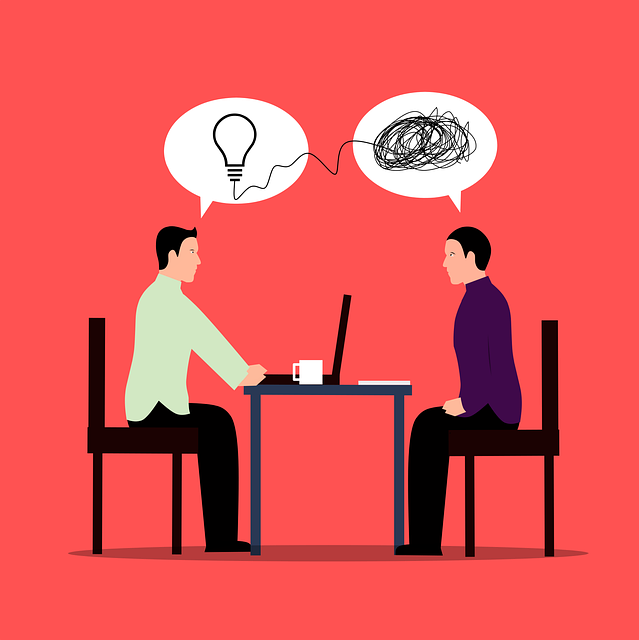
Within CBT, you could:
- Recognize and confront ideas and attitudes about obtaining and preserving things.
- Learn to control your want to acquire additional things.
- To make it easier for you to pick which objects to discard, including those that can be donated, learn to sort and organize things.
- Boost your ability to make decisions and cope.
- When a therapist or professional organizer enters your house, they will clear out clutter.
- Discover ways to lessen loneliness and enhance your chances of participating in supportive and fulfilling social interactions.
- Find out how to make change more desirable to you.
- Participate in group or family therapy.
- See a doctor sometimes or receive continuous care to support you in maintaining good behaviors.
Medications
For hoarding disorder, cognitive behavioral therapy is the initial suggested course of treatment. The Food and Drug Administration (FDA) has not yet approved any medications to treat hoarding disorder. Drugs are used to treat other disorders including depression and anxiety that frequently coexist with hoarding disorder. The most often prescribed medications are selective serotonin reuptake inhibitors (SSRIs), a class of antidepressants. The best strategies to treat hoarding disorder with medication are still being researched.



